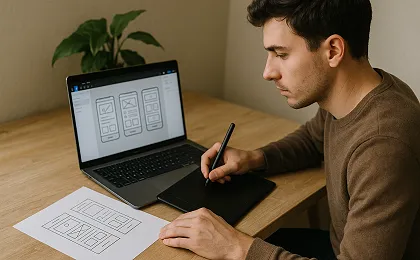2023 will be a very interesting year for web design, as the emotions and feelings of different generations interacting with social media and advanced artificial intelligence technologies will meet/clash. Generation Z will be the driving force this year, pushing the web away from the minimalism typical of the Millennials towards a more spectacular, pop culture-inspired web design.
Before we begin, however, it is important to emphasise that as good as it is to keep up with the times, the real challenge is to maintain consistency with your brand image and offer a seamless user experience. This requires special attention and meticulous work to achieve the goal of seamless trend integration without compromising the integrity of your brand.
For this 2023, experts have identified 9 web design trends:
- Y2K aesthetics
- Textured designs
- More is more
- Anti-design web design
- Colours and dopamine
- Rounded edges
- AI-based content
- Real, unfiltered images
- Scrolling animations and triggers
1. Y2K aesthetics
The design, fashion and colours of the years between 1990 and 2000 are making a comeback, bringing back old trends but reinterpreting them for the present. This trend will continue to be popular in 2023 thanks to the nostalgia effect and the feeling of optimism that early Millennials never fully felt.
This year, the visual language of web design will be inspired by the evocative aesthetics of emerging technologies and optimistic futurism: bright, contrasting colours, such as hot pink, metallic colours, purple and yellow, combined with the low-fi atmosphere of clip art. Examples such as Kurt Champion's designs show us how, using advanced tools, one can create memorable, ironic and nostalgic design, with bright colours and Adobe Flash-style animations that would have been unthinkable in the days of Web 1.0.

An example of Y2K design
2. Textured designs
In 2022, web design had a soft, almost tactile appearance. However, in 2023, designers are bringing extraordinarily tangible elements into the digital sphere thanks to the evolution of technology and the 'more is more' spirit that characterises this year. According to experts, textures are becoming a key element of web design, with a focus on typography, abstract images, shapes and background videos.
In recent months, there has been a trend to use liquid metal textures, but we haven't really seen anything yet: in 2023 there will be an explosion of animalier and textures simulating fur, liquefied glass and 'squishy branding'. Furthermore, clay morphism will be an important source of inspiration for designers, as demonstrated by the style of brands such as Meta and Sprite: rounded characters and objects, curves and shaded edges, with a soft, three-dimensional appearance, creating a pleasant and immersive user experience.
This trend towards more tangible interactions might be influenced by post-Covid reality, but certainly the influence of the 2000s is evident. Think of lava lamps, Crystal Balls and rabbit's foot key chains that introduced us to the fantastic world of textures in the past.

The hero section of Meta Horizons, an excellent example of Clay Morphism
3. More is more
After a period of minimalist design, 2023 will see the advent of a bold style, characterised by an overabundance of elements, or 'more is more'. If 2022 was, therefore, the year of clean design, 2023 will be the year of whimsical design.
This new web design trend focuses on packing a lot of information into a single space: there will be symmetrical screens divided into proportionate sections, but within them there will be asymmetrical elements, prominent typography, strong colours, intense textures and vigorous movement. Each screen section will be like a television programme, a concert or a psychedelic journey in its own right.
A prime example? The vibrant, unashamed branding of Starface World, which represents the right combination of 'more is more' that web designers should aim for in 2023. The soft, rounded corners of this online shop for acne stickers contrast with the neon colours, 90s-inspired typography and vivid images on the site.
In short, brands will use overstimulation to bring us out of the monotony of recent years.
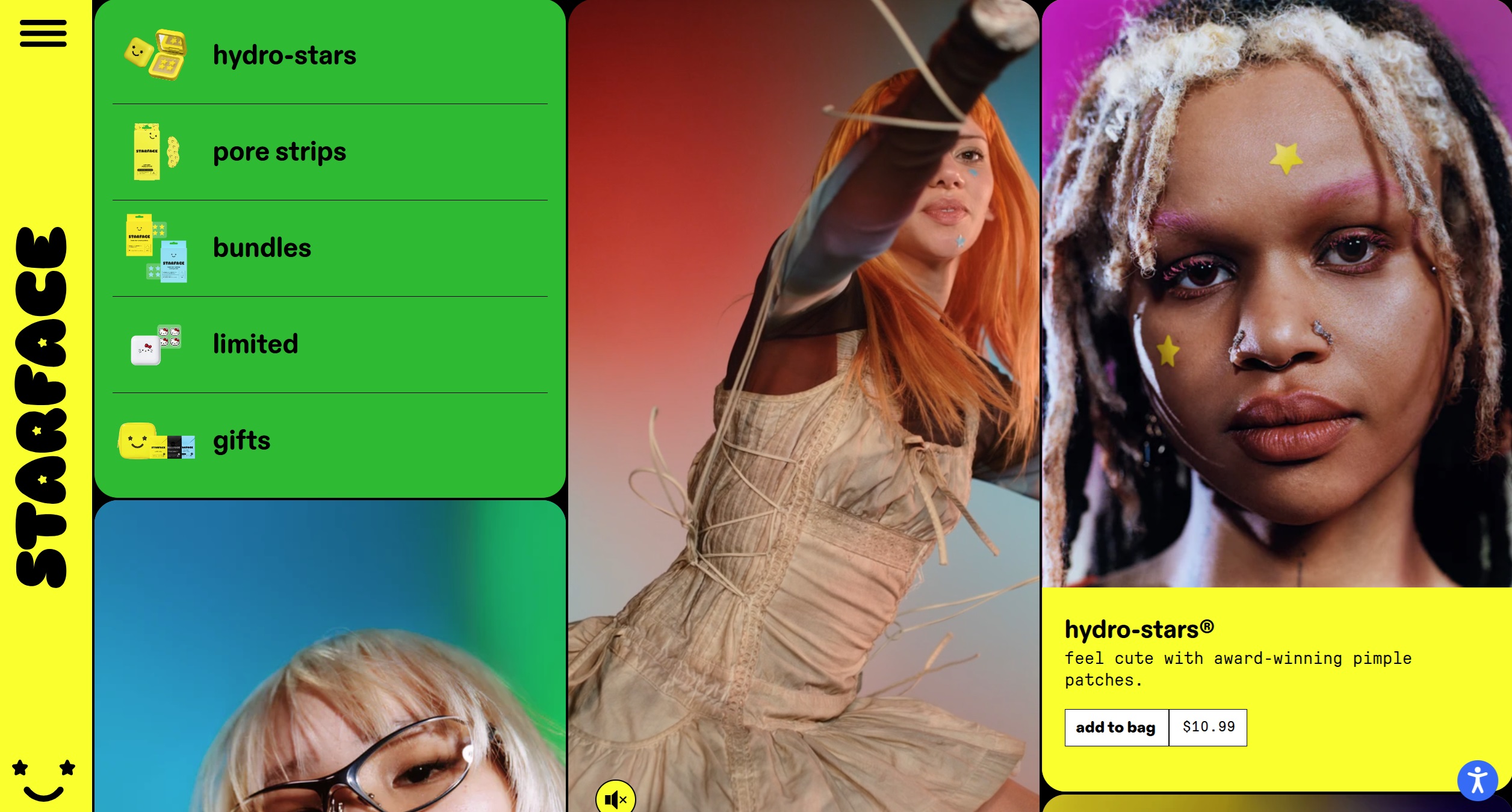
The Starface.world homepage, an excellent example of whimsical design
4. Anti-design web design
Design and every art form finds inspiration in the world around us. At this precise moment in history, we live in a difficult time, characterised by climate instability, geopolitical changes and job insecurity. Designers have learnt to juggle chaos in recent years, but web design has attempted to create a sense of order amidst the confusion. However, this trend is fading away: designers are once again embracing chaos through the so-called 'anti-design' trend.
Anti-design draws inspiration from the architectural movement of brutalism and aims to break design principles to create chaos and convey a strong message. Anti-conventional web design is characterised by aggressive, heavy, broken and disproportionate elements, such as contrasting textures, overlaps, large fonts and asymmetrical, unstructured layouts.
While anti-design allows designers to push creative boundaries and reach new audiences, this eye-catching style is obviously not suitable for all brands. Some online activities, such as an e-commerce, depend on a well-defined structure and a precise user flow, so the use of anti-design may limit its success. However, for specific projects such as a portfolio, a campaign or a particular initiative, anti-design can help represent the specific context effectively. For example, the New York Times uses anti-design to represent the current climate catastrophe and its effects on the city.
In summary, although the world is in turmoil, designers are trying to use design to cope, and the anti-design movement represents a possible way out of the minimalism and orderliness that has characterised web design in recent years.
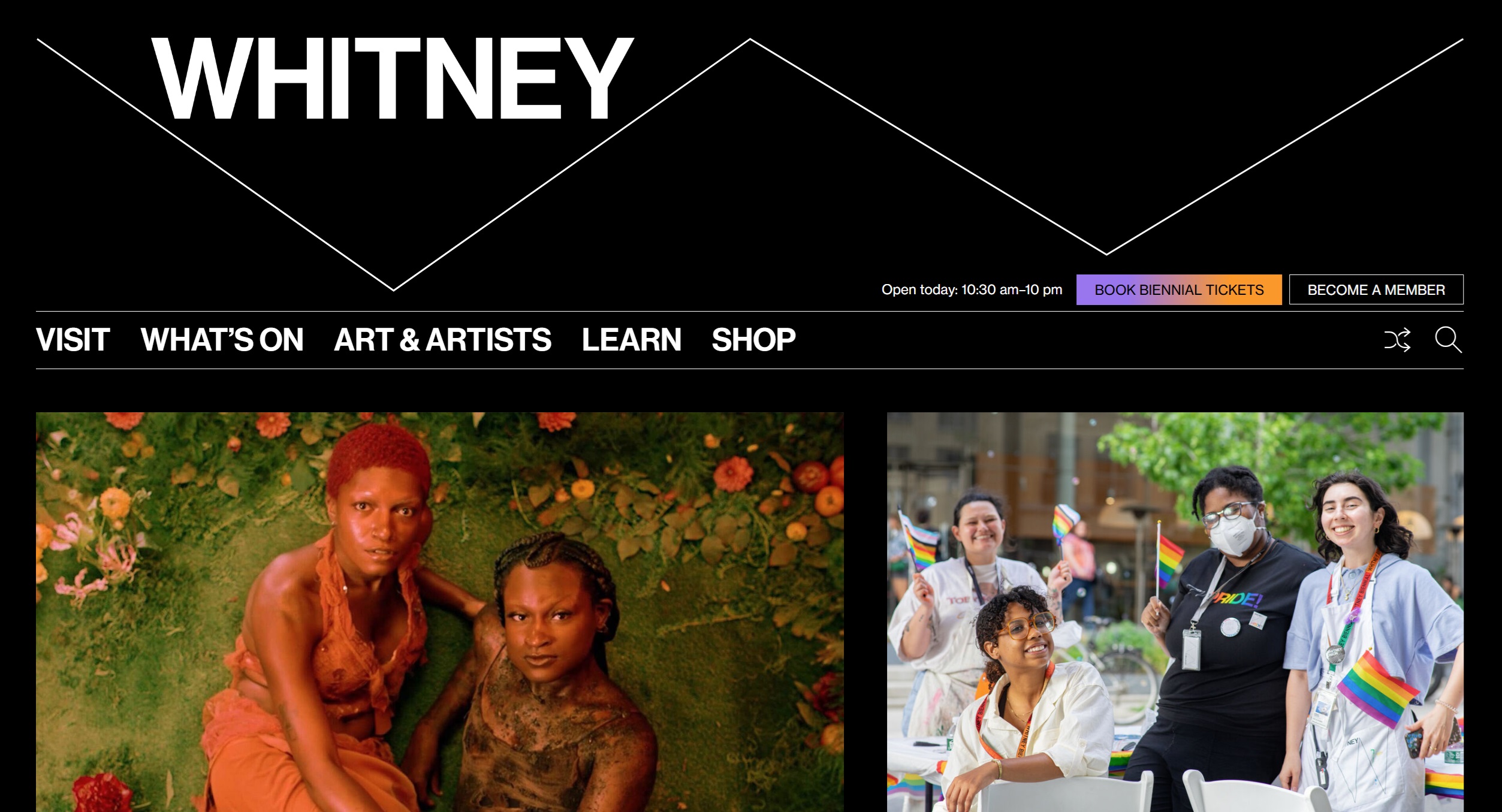
The homepage of the Whitney Museum of American Arts, an excellent example of brutalism on the web
5. Colours and Dopamine
If last year was characterised by earthy tones and primary colours, this year neon takes over: bright colours will be everywhere. Designers will make the audience open their eyes, smile and have fun. And it won't just be bright shades like turquoise, acid green and bright pink, but also maximalist colour palettes that will provide a dopamine rush.
Coloured overlays, gradients and images are all ways of integrating the dopamine colours of 2023 into your site, creating a chaotic, grungy atmosphere that captures the attention of Generation Z fans. Using multiple colours on your site, decorating each section of the page differently or using different shades in paragraph text, headings and call-to-actions is the perfect way to counteract the feeling of post-pandemic exhaustion.
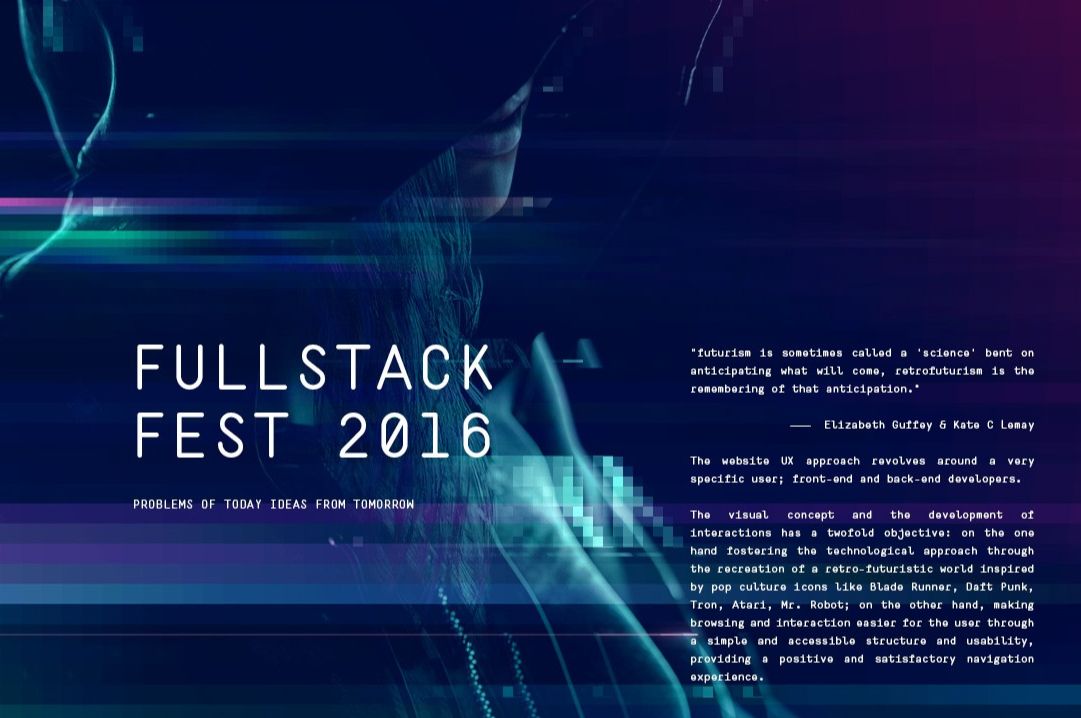
Part of the website dedicated to the Fullstack Fest 2016, with bright colours and striking gradients
6. Rounded edges
In the field of design trends, one company that really makes a difference and creates the standard is definitely Apple: it was in fact Apple that introduced rounded corners in its devices. We can see that this soft, rounded style can be found everywhere, from the edges of sites to gallery images and the products themselves.
One of the advantages of this style of web design, experts say, is its versatility and ability to be combined with other trends in the industry. For example, it can be combined with the retro-futurism of the 2000s to create a more dreamy and delicate atmosphere, used to counteract the harshness of brutalism or mitigate the effects of maximalism and chaos.
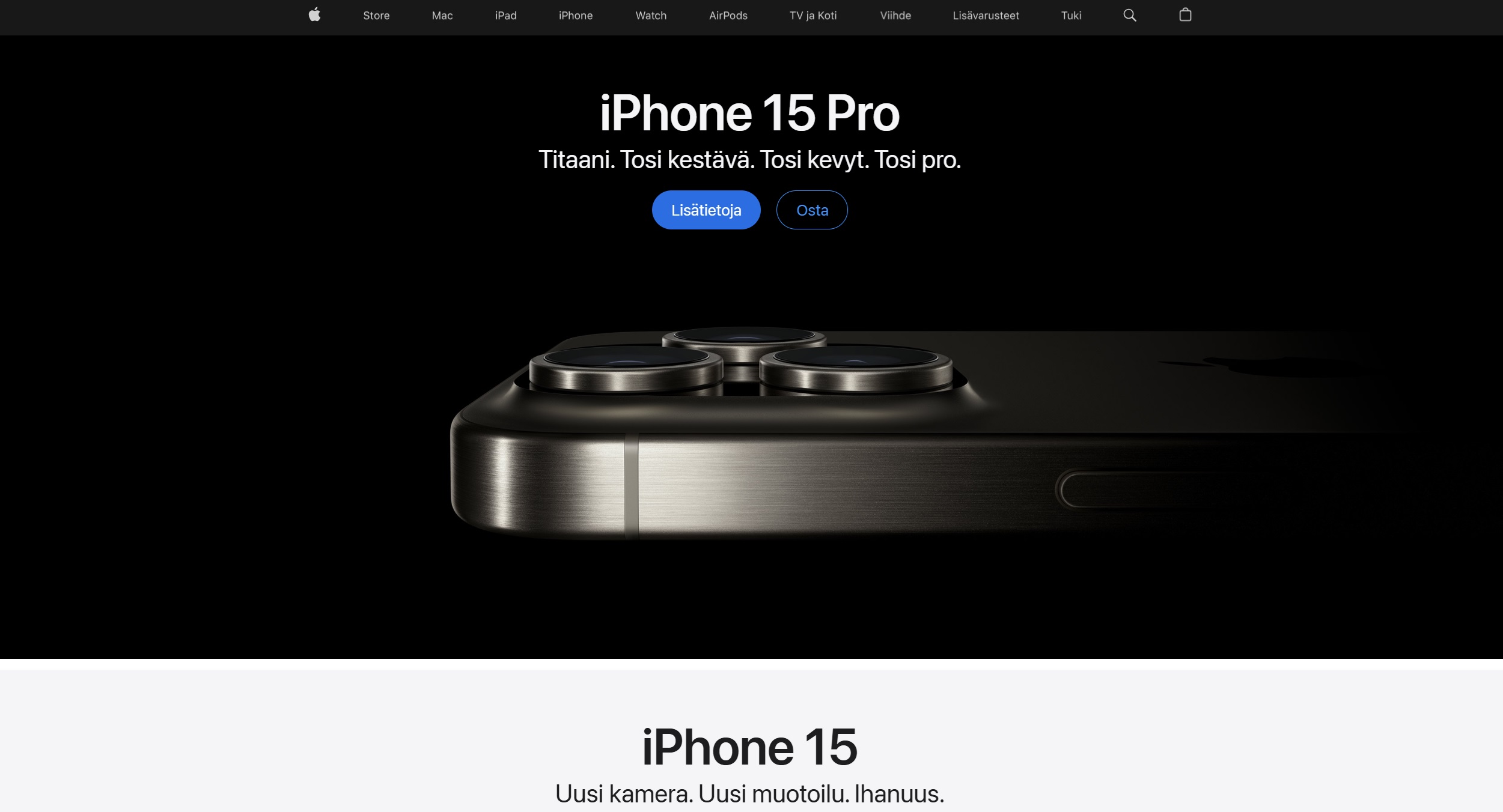
The Apple Finland store, with its characteristic rounded edges
7. AI-based content
The year 2022 saw the advent of a wave of AI tools, accompanied by a mixture of scepticism and panic. However, as the world began experimenting with these tools, it became clear that while artificial intelligence can generate revolutionary images by combining different ideas, the initial vision must come from humans. Experts predict that in 2023, artificial intelligence will not replace designers, but will open many doors for them.
What designers need is to hone their language skills so that AI tools can accurately generate their vision. In the future, there will be an increasing need for the design industry to standardise terminology across photography, graphics and web design to train AI machines.
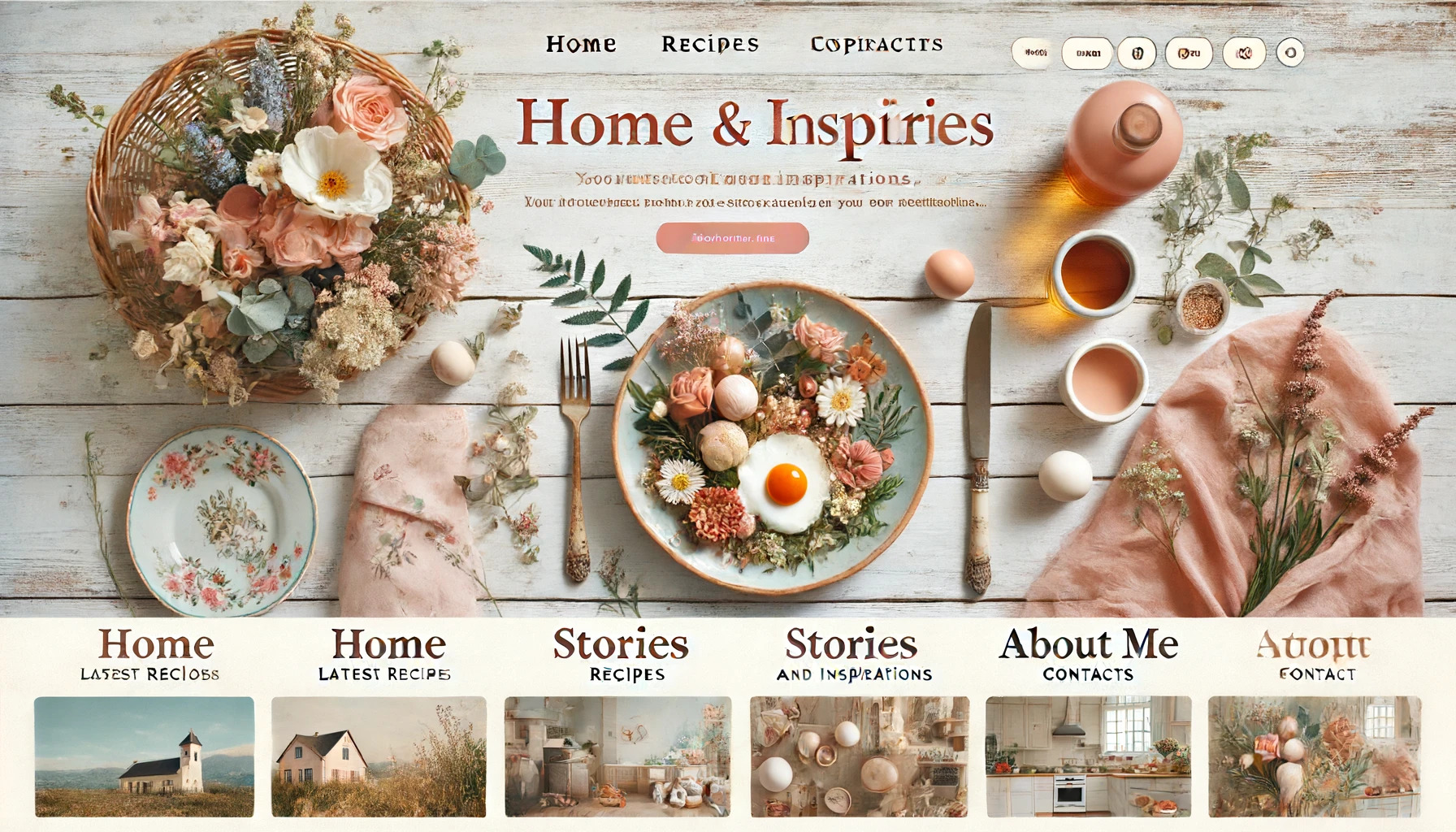
An example of a landing page created by Midjourney for a cooking blog (Discover the 5 steps to create your own!)
8. Real, unfiltered images
In a time dominated by filters and photos transformed by Artificial Intelligence, however, experts predict that designers will have to leave aside the excessive use of filters created by AI and VR and focus on more realistic and authentic images to attract the public's attention. People want to see real people and real images, without filters that alter what they are seeing: images will have to have a story to tell, rather than trying to create a fictitious atmosphere. In general, it seems that the influence of social media is changing the management of web design content, as more and more websites resemble Instagram or Tiktok feeds.
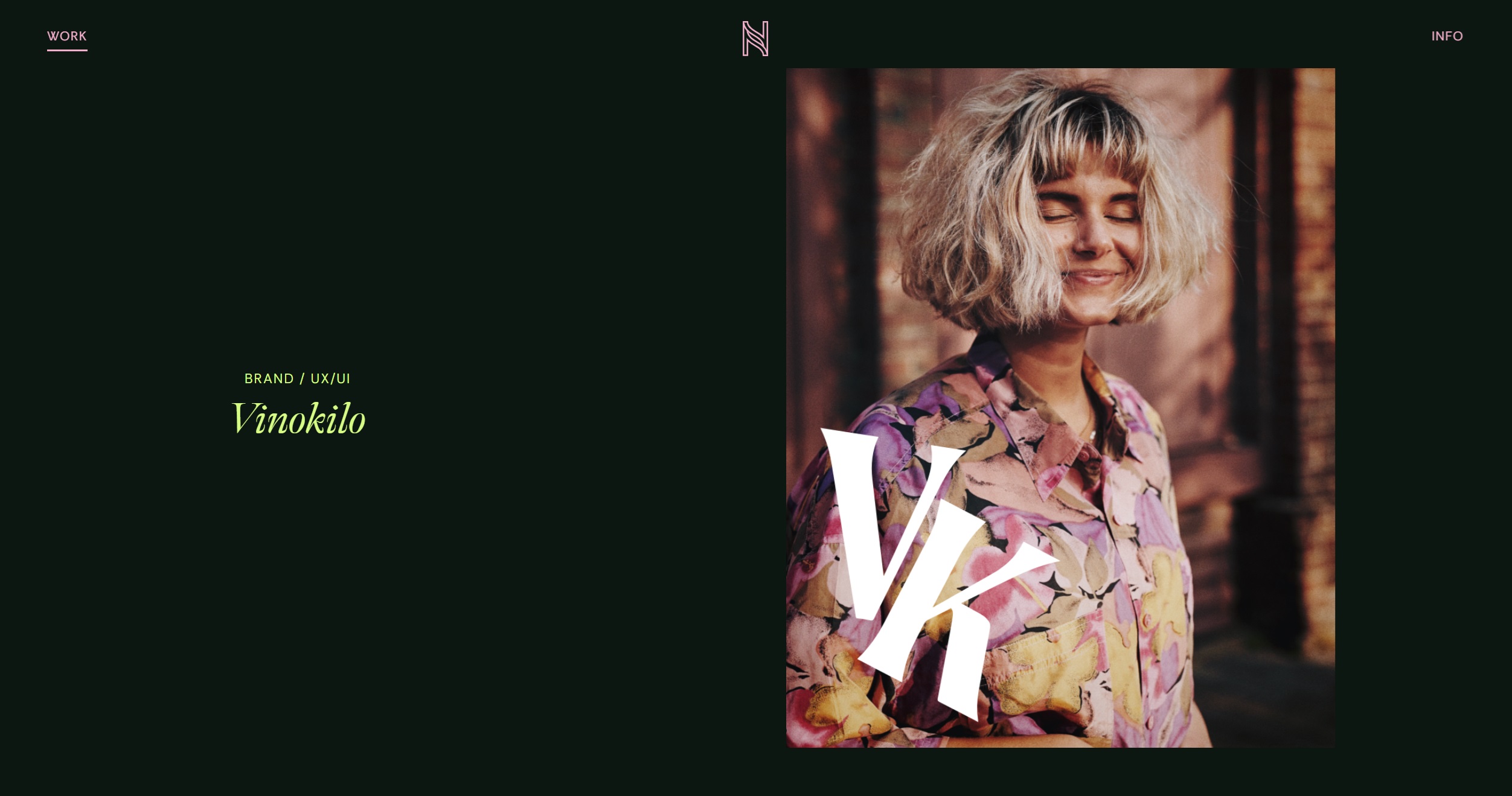
Nastasia Spyrou Kaçar's portfolio, with natural no-filter photos.
9. Scrolling animations and triggers
It is well established by now that people's attention span is becoming increasingly limited, mainly due to the many distractions we are used to. In 2022, we saw 'scrollytelling' - the use of scrolling effects to create original layouts that captivate and entertain the audience - gaining momentum.
In the coming year, experts predict that 'scrollytelling' will evolve even more, using playful elements to keep viewers engaged.
We will therefore see ever-changing and special effects, such as endless looping animations, micro-interactions triggered by the movement of the mouse, and the possibility of applying scrolling effects to individual strips and elements and not to the whole page.
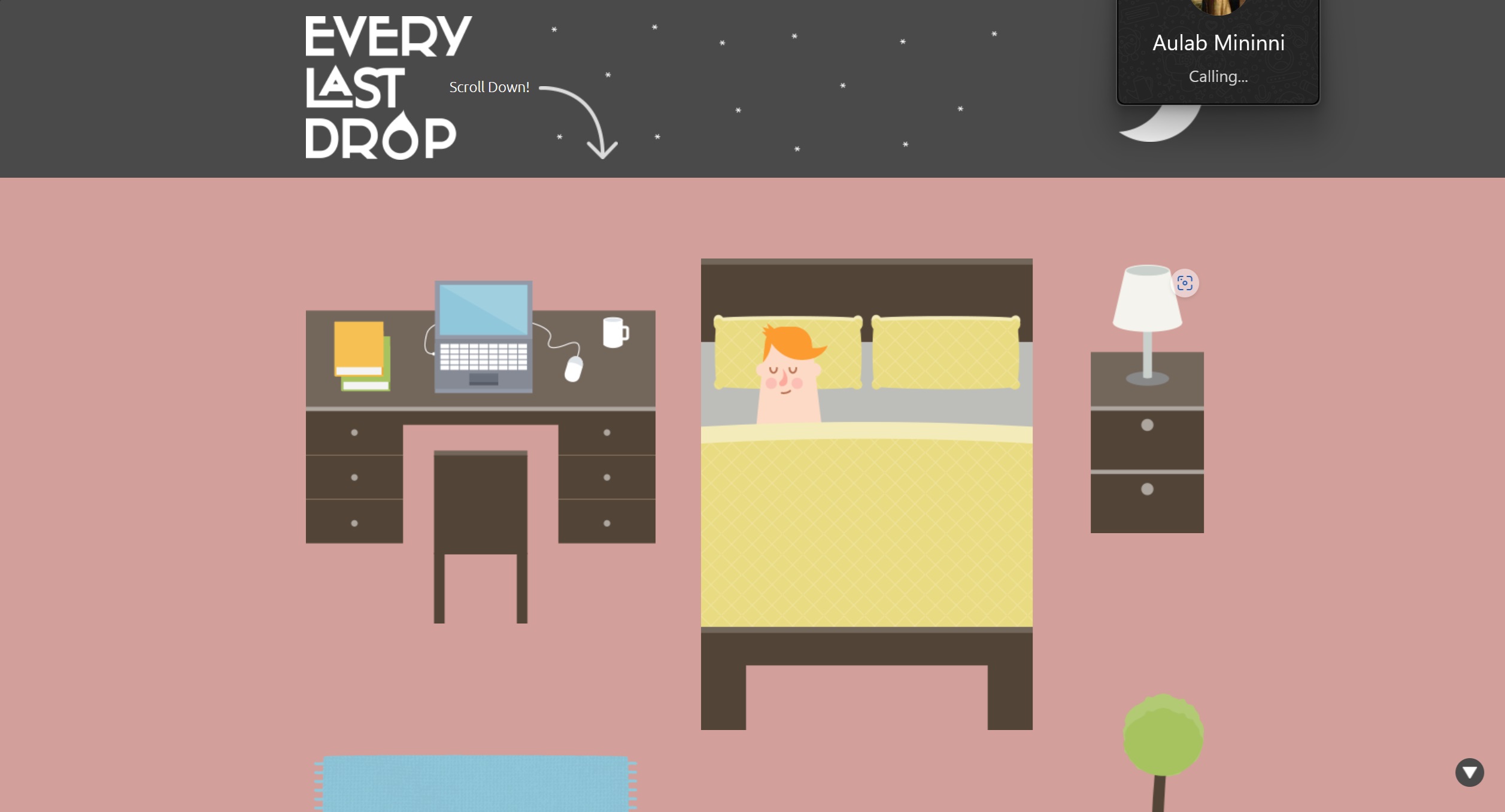
Every Last Drop website, which with it's scrollytelling tells how much water we waste per day
Want to give your brand a boost while maintaining consistency? Contact me for a free quote and let's do something extraordinary!

